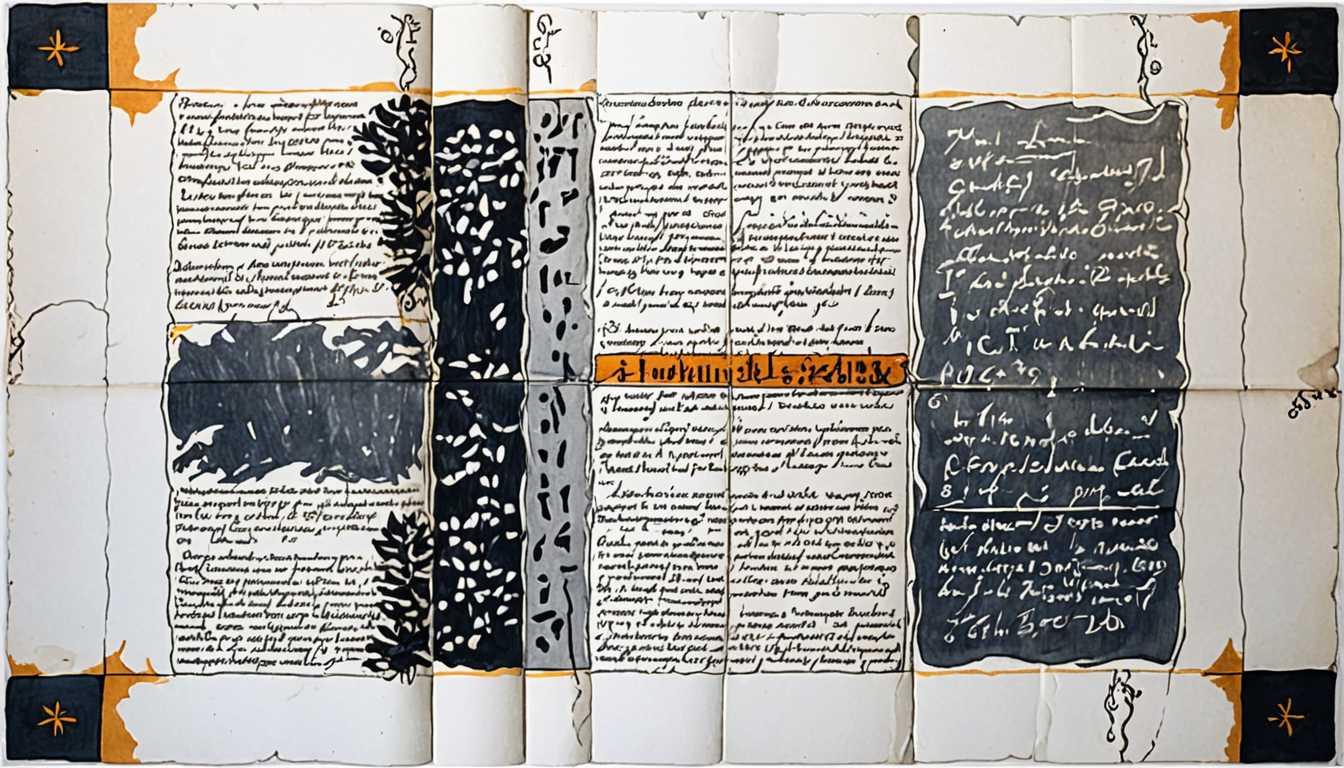Bronze Age Village: Fire-Frozen Secrets
March 2024
Smithsonian Magazine
Introduction
Dive into the past with Smithsonian Magazine's fascinating piece on a Bronze Age village in England that met its fiery fate nearly 3,000 years ago. The village, preserved under riverbed silt, offers an unprecedented peek into ancient lives, complete with unfinished meals and daily tools. Discover how a disaster for the villagers became a treasure trove for archaeologists, revealing secrets from yarn to honey-glazed venison!
READ FULL ARTICLEWhy It Matters
Discover how this topic shapes your world and future
Unlocking the Past, Understanding the Present
Imagine stepping back nearly 3,000 years into a Bronze Age village, moments before a catastrophic fire seals away a snapshot of early British life. That's exactly what archaeologists experienced at the Must Farm settlement. This discovery is not just about old tools and structures; it’s a portal into the daily lives, skills, and diets of our ancestors. Understanding how people lived, adapted to their environments, and what they valued offers us profound insights into human resilience and innovation. For you, it highlights the interconnectedness of human history and how past societies shape our modern world, sparking curiosity about cultural evolution and technological advances.
Speak like a Scholar
Archaeology
The study of human history and prehistory through the excavation of sites and the analysis of artifacts and other physical remains.
Preservation
The protection of cultural heritage from loss or decay. In the context of Must Farm, the lack of oxygen in the silt helped keep ancient materials intact.
Sediment
Material like sand, silt, or clay that settles at the bottom of a body of water. This played a crucial role in preserving the Must Farm artifacts.
Artifact
An object made by a human being, typically of cultural or historical interest. Examples include pottery, tools, and textiles found at Must Farm.
Stratigraphy
The analysis of the order and position of layers of archaeological remains. This helps scientists determine the chronological sequence of past events.
Ethnoarchaeology
The study of contemporary peoples to understand the behavioral relationships which underlie the production of material culture. It helps interpret archaeological finds like those at Must Farm.
Independent Research Ideas
Comparative Study of Bronze Age Diets across Different Regions
Investigate how diets varied among Bronze Age communities in Europe compared to those in Asia. Focus on the implications of local environmental conditions on food availability and culinary practices.
Impact of Natural Disasters on Ancient Settlements
Explore how natural disasters, like the fire at Must Farm, influenced the abandonment, migration, or adaptation strategies of ancient communities. This could include a comparative analysis with other known historical or archaeological examples.
Technological Innovations of the Bronze Age
Examine the technological advancements during the Bronze Age, such as metalworking and textile production, as seen in the artifacts from Must Farm. Discuss how these innovations spread across regions and influenced societal development.
Preservation Techniques in Archaeology
Analyze different archaeological preservation conditions, such as waterlogged sites versus dry sites, and their effects on the types of materials preserved. Must Farm, with its unique silt preservation, can serve as a key case study.
Social Structure and Daily Life in Bronze Age Settlements
Delve into the social dynamics and daily activities within Bronze Age communities, using the layout and artifacts of Must Farm as a primary example. Consider aspects like division of labor, housing structure, and community interactions.
Related Articles

Thimble Unearths Timeless Love
March 2024
Smithsonian Magazine

Archimedes: Lost Texts and Modern Tech
October 2024
JSTOR Daily

Sketching the Dead to Life
August 2023
Smithsonian Magazine

Google Earth Reveals Roman Secrets
April 2023
Phys Org

Lions vs. Prisoners: Roman Britain's Arena
August 2021
Smithsonian Magazine